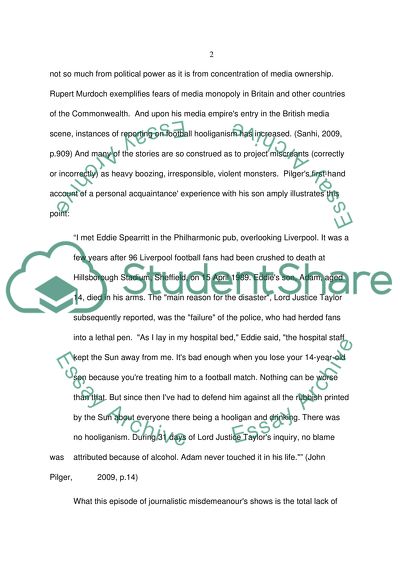Cite this document
(“To what extent would you agree that 'the media and the police Essay”, n.d.)
Retrieved from https://studentshare.org/environmental-studies/1412738-to-what-extent-would-you-agree-that-ychthe-mediay
Retrieved from https://studentshare.org/environmental-studies/1412738-to-what-extent-would-you-agree-that-ychthe-mediay
(To What Extent Would You Agree That 'The Media and the Police Essay)
https://studentshare.org/environmental-studies/1412738-to-what-extent-would-you-agree-that-ychthe-mediay.
https://studentshare.org/environmental-studies/1412738-to-what-extent-would-you-agree-that-ychthe-mediay.
“To What Extent Would You Agree That 'The Media and the Police Essay”, n.d. https://studentshare.org/environmental-studies/1412738-to-what-extent-would-you-agree-that-ychthe-mediay.


